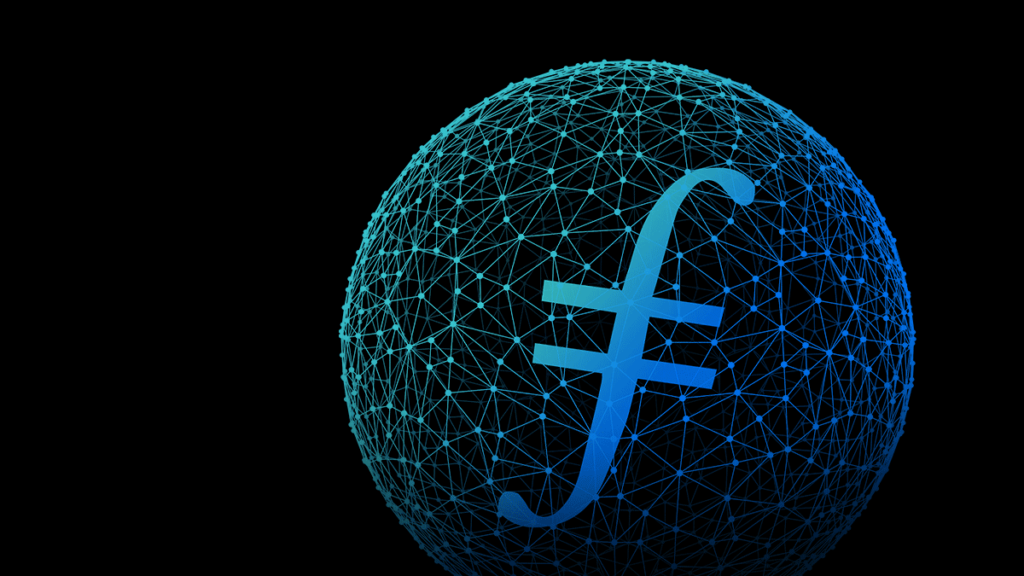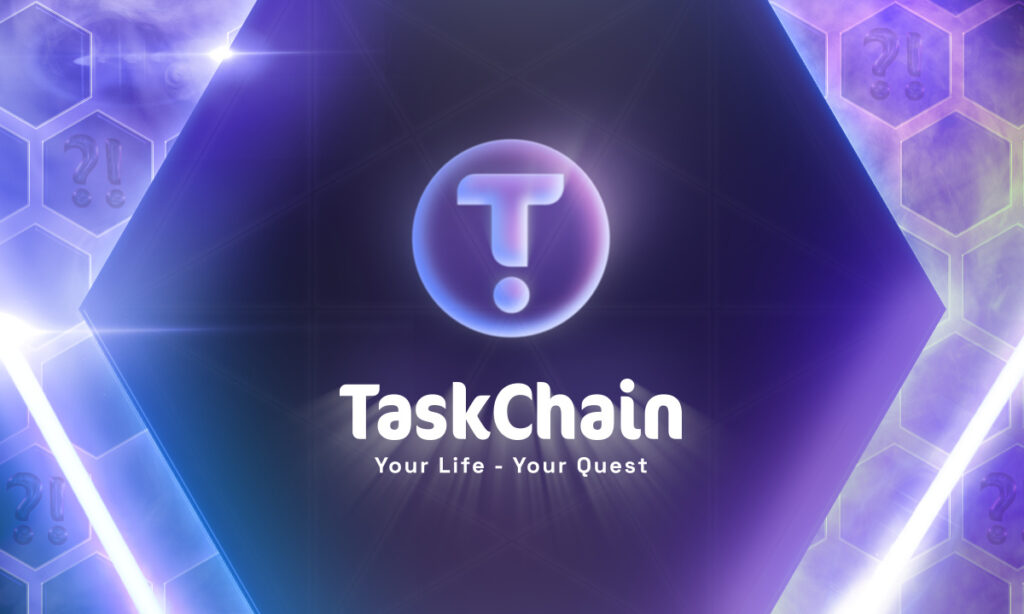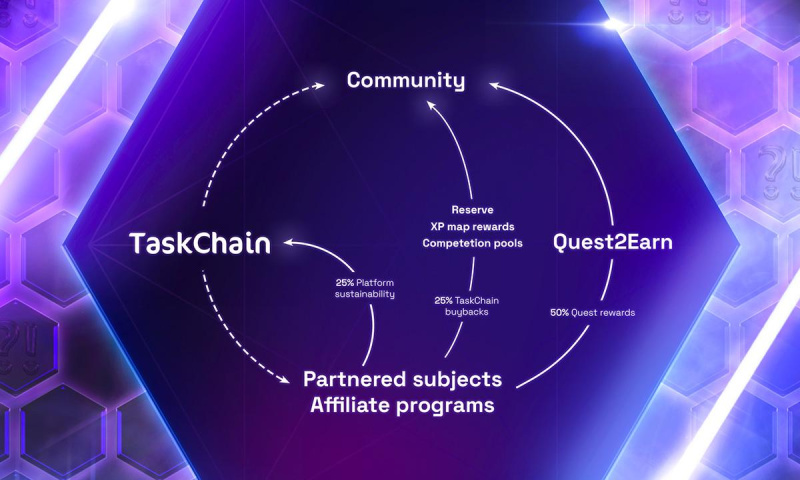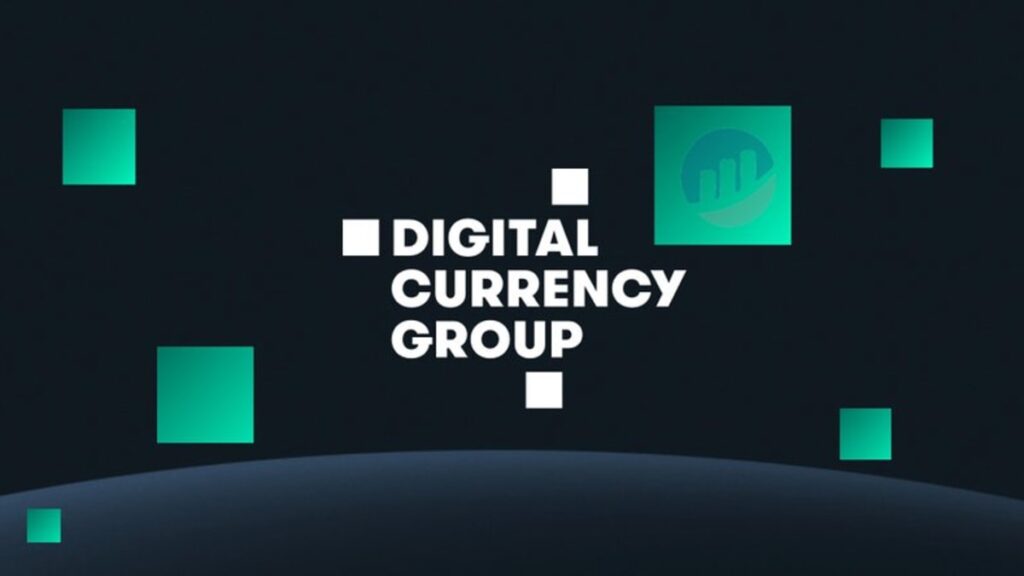Arweave, IPFS (InterPlanetary File System), and Filecoin are decentralized storage networks that aim to transform how data is stored and retrieved on the Internet. By examining these three systems, we can gain insight into their different approaches, strengths, and weaknesses.
Arweave
1. Overview: Arweave is a decentralized storage network designed to offer permanent file storage. By creating a system in which data is stored permanently with a one-time payment, it seeks to prevent the loss of historical and cultural information on the web.
2. Technology: Arweave uses a structure called the “blockweave,” which is similar to a blockchain but includes proof of access to previous blocks in the current block’s hash. This leads to high redundancy and ensures the data remains retrievable forever.
3. Economy: The native token, AR, is used to pay for data storage. The cost is calculated based on the data size, and once paid, the data is stored permanently without additional fees.
4. Security & Sustainability: Arweave’s architecture ensures that as long as there are miners willing to store data, it remains accessible. The network is also environmentally friendly, as it relies on a proof-of-access model, which requires less computational power compared to traditional proof-of-work systems.
5. Use Cases: Permanent data storage makes Arweave suitable for applications like preserving vital records, historical data, academic research, and more.
IPFS
1. Overview: The InterPlanetary File System (IPFS) is a peer-to-peer (P2P) file-sharing system that seeks to make the web faster, safer, and more open.
2. Technology: IPFS replaces traditional location-based addressing with content-based addressing. When you request a file, instead of asking for it from a specific location, you request it based on its hash. This ensures that even if a particular node goes offline, the data can still be retrieved from any other node that has it.
3. Economy: Unlike Arweave and Filecoin, IPFS doesn’t have a built-in economic incentive for file storage. Nodes store files voluntarily, and data may be lost if no node is willing to host it.
4. Security & Sustainability: IPFS emphasizes data integrity and censorship resistance. However, its lack of economic incentives can lead to potential sustainability issues.
5. Use Cases: IPFS is suited for distributed web hosting, large-scale data sharing, and collaboration in a decentralized environment.
Filecoin
1. Overview: Filecoin is a decentralized storage network built as an incentive layer on top of IPFS. It aims to provide secure and verifiable storage at competitive prices.
2. Technology: Filecoin leverages the existing IPFS infrastructure but adds a blockchain layer to incentivize storage. Miners are rewarded with Filecoin tokens (FIL) for providing storage space and retrieving files when requested.
3. Economy: Filecoin has built a marketplace where users pay miners in FIL to store and retrieve data. This creates a competitive market, driving down prices and ensuring data availability.
4. Security & Sustainability: The proof-of-replication and proof-of-spacetime mechanisms in Filecoin ensure that data is securely stored and available. These cryptographic proofs guarantee that miners are actually storing the data they claim to.
5. Use Cases: Filecoin is suitable for applications requiring secure and affordable large-scale data storage, like cloud services, data backup, and more.
Comparison and Conclusion
Arweave:
- Strengths: Permanent storage, one-time payment, environmental sustainability.
- Weaknesses: More suited for immutable data, less flexibility for temporary storage.
IPFS:
- Strengths: Decentralized content addressing, fast retrieval, censorship resistance.
- Weaknesses: Lack of economic incentives can lead to data loss, less suited for permanent storage.
Filecoin:
- Strengths: Economic incentives for storage, competitive pricing, built on proven IPFS technology.
- Weaknesses: Complexity of the incentive model, reliant on market dynamics.
In summary, Arweave, IPFS, and Filecoin each offer unique approaches to decentralized storage. Arweave is focused on permanent data preservation, IPFS emphasizes content-based addressing and open sharing, while Filecoin introduces economic incentives to IPFS for robust and competitive storage solutions.
The choice between them should be guided by the specific requirements of a project or application, such as the need for permanent storage, censorship resistance, or competitive pricing. By doing so, one can harness the full potential of these decentralized technologies to foster a more secure, open, and resilient web.











